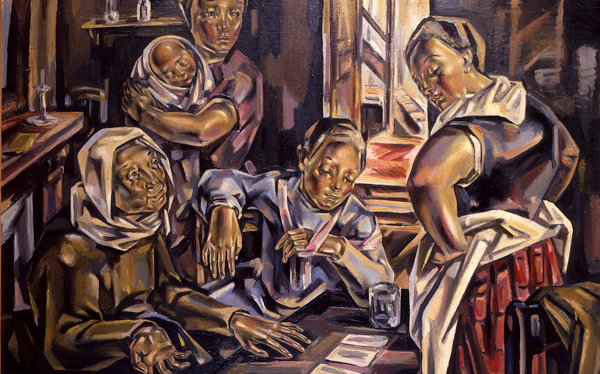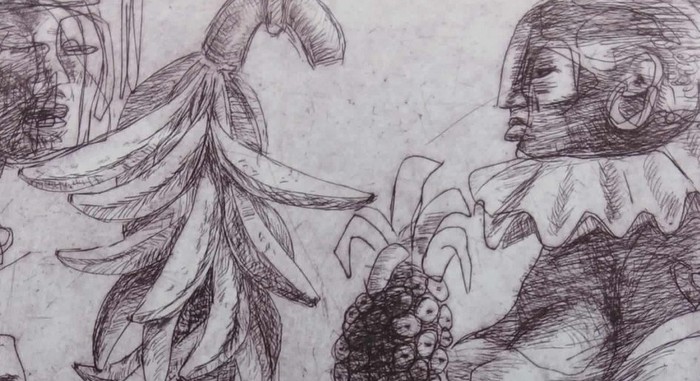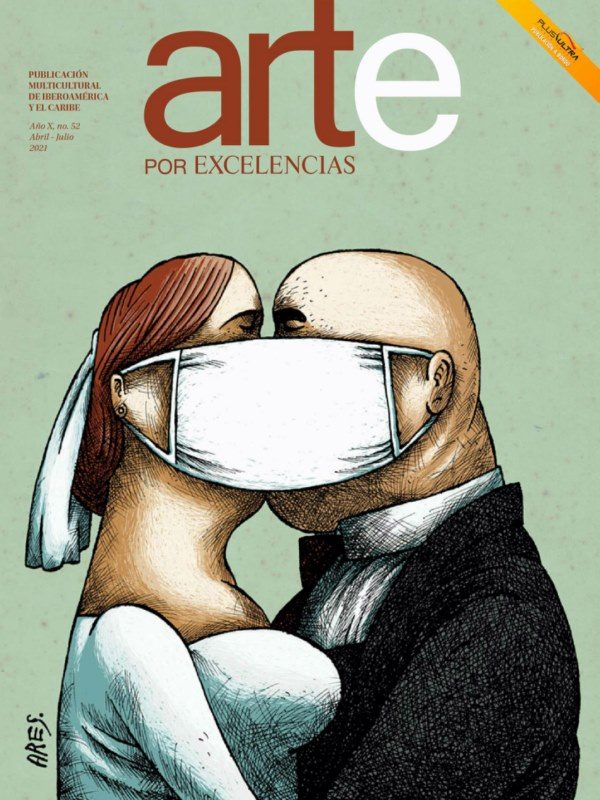This broad-ranging monographic exhibition provides a chronological survey of the various stages in the career of the Santander-born painter María Blanchard (1881–1932). It aims to highlight the rich symbolism, social commitment, formal complexity and innovative nature of her output throughout her relatively short time as an artist. There is no doubt that her substantial oeuvre was undervalued in a cultural context that believed in the inferiority of female artists. As a painter committed to a particular way of living and creating until the end of her life, she pushed the boundaries of gender stereotypes.
As a whole, her work is notable for its contribution to the modern movement, and she was the first woman in Spain to systematically employ the Cubist method to construct images. A unique combination of geometric elements and skilfully executed simultaneous perspectives infuses both her more abstract depictions of the early period and her later figurative works produced after 1920 with an original personality. Her thematic repertoire of motherhood, domestic scenes, children and female workers reflects a keen concern about the human condition and the evocative power of the emotions. These aspects are further heightened by her faultless technical mastery and her evident interest in the history and tradition of European painting.
29/04/2024- 28/09/2024
María Blanchard
A Painter in Spite of Cubism
On the cover: María Blanchard. The Fortune-Teller, 1924-1925. Association des Amis du Petit Palais, Geneva. © Studio Monique Bernaz, Geneva
Source: Museo Picasso Málaga


















